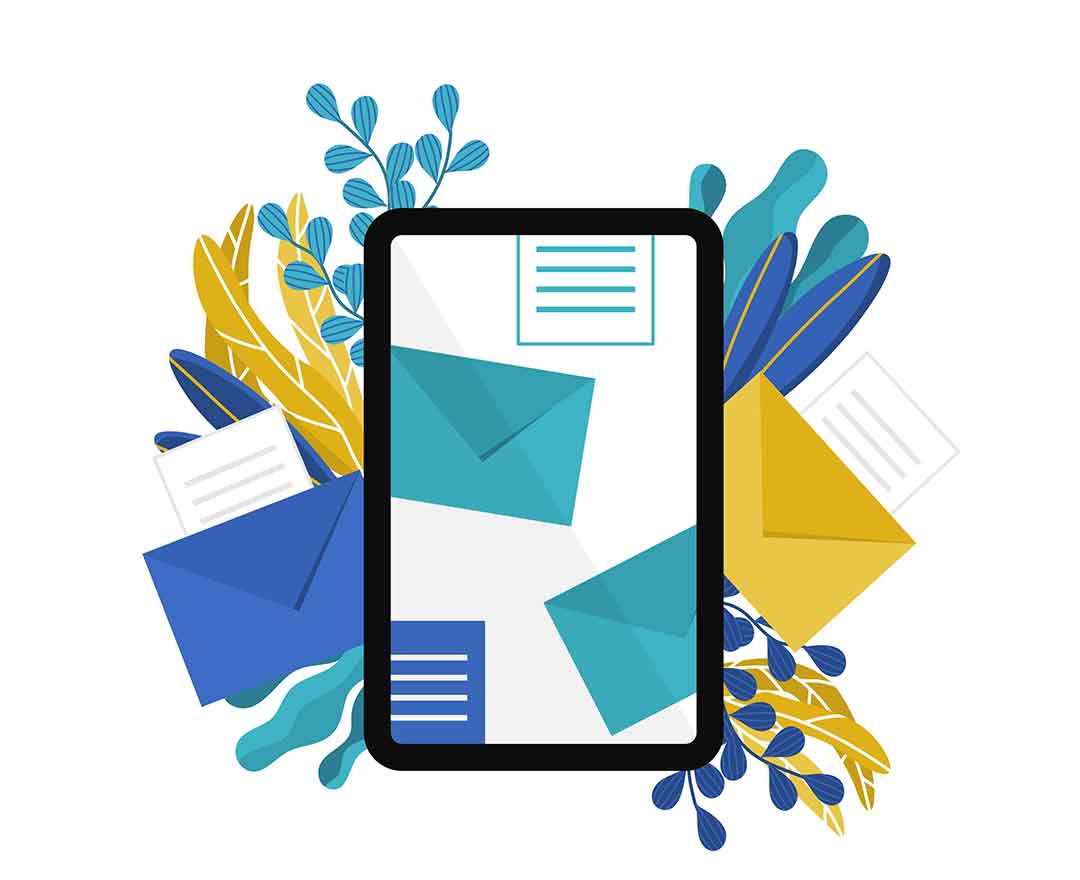What are eCommerce Personalization Tactics?
Do not miss out on high-value discussions that can lift income and turn first-time site visitors into customers.
eCommerce personalization implies showing personalized offers, product referrals, and various other content to your visitors based upon their previous actions, demographics, and other personal data.
Personalization makes certain that your deals are relevant.
That method can lead to increased sales; however, because it’s the only personalization, there’s also a possibility to lose. That’s since it fails to utilize other relevant information concerning your site visitors, such as whether they’re just beginning to research a product classification or making a last acquisition decision about a specific product, which kind of info can lead to much higher sales.
Then, where should you start? What are eCommerce personalization tactics?
Sending an early product suggestion can seem aggressive and even terrify consumers away. Instead, try to involve consumers with the most pertinent info for them at that moment. Nevertheless, the more you engage your visitors, they’ll be more likely to wind up acquiring.
The segmentation is key to obtaining personalization. Whether site visitors are new or returning, where they’re originating from, the tool they’re using, and their habits on your website all make a distinction to the offers you reveal to them.
Whether it’s developing an individualized home page, a customized product page, or tailored banners, the jury is in: personalization is here to remain. In this guide, I’m going to reveal to you some eCommerce personalization fads to influence you so you can see your very own lift in sales.
- What is eCommerce personalization?
- eCommerce personalization tactics that take you beyond product recommendation
- What is personalization in e-commerce?
- The difference between personalization and customization
- The benefits of eCommerce personalization
- Program individualized offers to returning visitors
- Show product recommendations below the product
- Just provide discounts to incentivize an acquisition
- Macro-level eCommerce personalization
The following section goes over an overall plan for customizing your website. It explains detailed personalization examples and approaches that provide some significant prerequisites you require for a well-personalized online store.
Let’s jump in now!
eCommerce Personalization Tactics
To demand a better engagement with your site visitors, try these 8 personalization tactics, which resolve consumer requirements whatsoever degrees of the channel.
1. Macro-level eCommerce personalization
Your overlays require to be appropriate to the consumer. Likewise, they should press the activity you want this customer to take, which can be determined by their consumer lifecycle stage.
It doesn’t make sense to greet them with an overlay bargain regarding trousers if this is their first time visiting your website. It matters not how awesome those trousers are; you don’t know this site visitor. Maybe they despise pants!
If you disrupt their consumer trip with a random ad for something they don’t care about, you run the risk of estranging your brand-new visitor. Focus on driving the action you desire up until you understand a lot more about them. Because this is a first time visitor, what we desire is their email.
That’s only half the answer: we understand what we want, but what does the consumer desire? What can you supply them in exchange for that email address?
- Offer them a coupon for a discount on their initial acquisition.
- Tell them about a special marketing factor of your website that needs an email. For instance, flash sales you can only get through the newsletter.
- Request them to enter a site-wide raffle that chooses a winning email address.
Basically: target each customer with something pertinent to them to prompt the action you want them to take. This method of website personalization via individualized overlay pop-ups is a straightforward way to make your messaging particular to your talking sector.
Web Marketing Tips 2020 – with some successful Online marketing tips
2. Device
Customizing the customer journey based on device type is vital to the success of your store.
Individualizing the experience based upon device type is something that you can (and ought to) be doing for every visitor to your website. Ensure that everything is optimized for a mobile experience on the website, from navigating to check out. In your marketing interactions, make sure that emails are mobile maximized, and calls-to-action are easy to click.
Enhancing based on gadgets will assist you in providing the best possible customer experience to all of your customers regardless of where they choose to interact with you.
3. Just provide discounts to incentivize an acquisition
To place it one more way, do not offer discount rates to customers that were going to acquire that item at full price anyhow!
Discounts are a great tool to make sure of an acquisition, but it can be costly to give them bent on everyone.
You must be able to locate the typical time between their purchases if you have recognized the purchase background of your consumers with two or even more acquisitions. It must aid you in determining the best time-frame in which to supply a discount rate: the rule of thumb is to use the discount rate about a week or two quicker than the typical time.
For consumers without two or even more purchases, you will certainly need to utilize a worldwide standard with a somewhat a lot more generous time frame.
You can additionally utilize in-session forecasts to compute the probability to buy within the client’s session if you’re using GetFutura. It will help you to guarantee that you don’t provide the voucher out unnecessarily.
If you’re not using GetFutura, an alternative solution is to offer the coupon using an on-exit overlay for those customers who viewed a specific number within a solitary session, suggesting a rate of interest in purchasing, though they will leave the site.
4. Location
If your shop serves several markets (for example, both the U.S. and the U.K.), you are required to individualize the store based on those markets, if consumers can check out certain things only to find that they aren’t available in their region at the checkout.
This might undoubtedly give your customers an adverse, discouraging experience.
Developing location-specific web experiences is one method to help improve the consumer trip.
Based on the I.P. country, this is confidential personalization you can deploy across your entire website. Arteza, for instance, supplies clients in either of their U.S. or U.K. markets the chance to go shopping in their currency.
Location personalization is among the most convenient methods to reduce potential customer aggravations to provide a smooth consumer experience.
Which of the Classified Factors are Essential for Local SEO?
5. Pages visited
One more way to add an individual touch to your client experience is revealing website visitors’ product suggestions based on the pages that they’ve visited.
Product suggestions for “People Also Viewed” or “People Also Bought” can be an opportunity to provide important recommendations. Even anonymously, you’re giving maximum worth to site visitors by recommending items based on their rate of interest.
If your clients are signed into their accounts, revealing “Recently Viewed” products is a wonderful means to take advantage of consumer information to enhance their experience.
Not only does this allow customers to find items that easily match their rate of interest, but it also acts as a reminder for these customers, boosting their acquisition frequency.
Product referrals, anonymous or based upon their previous activity, are a useful method of boosting the value of your customers’ experiences.
Not everyone can get an Armani handbag. If your online store provides a large variety of products with highly varying price arrays, you might run into an inequality in between what you’re promoting and your consumers’ spending plan.
Enhance your onsite product suggestion versions with products that fit the normal rate variety of your consumers. This enhancement must favorably impact your suggestion design’s conversion rate.
6. Previous purchased and missed out on items
Your present customers always need to have a tailored experience.
They’ve purchased from you previously, so you have no excuse for not understanding their interests and choices!
Individualizing your communications based on past purchases (or previous acquisition groups) can be an effective way to drive upsells and cross-sells.
7. Show product recommendations below the product
It is no surprise that some of the most effective eCommerce personalization instances associate with product recommendations.
They have proven to increase sales.
Bunting discovered that when “At Home In the Country” showcased recommended products that other clients had acquired after checking out certain things, it boosted revenue by 13%.
What is a Repeat Customer? How to Encourage Returning Customers
8. Program individualized offers to returning visitors
Some of the best eCommerce personalization instances target purchasing cart desertion by attracting deserting site visitors back to your website.
Since eCommerce websites have a typical 69% cart desertion price, according to the Baymard Institute, targeting abandoners is an outstanding means to recuperate profits.
Excellent Lead Generation Content – how to conceptualize effective gated content?
Conclusions
Personalization is no longer something an eCommerce firm wants; it’s something an eCommerce firm requires.
Whether you are creating personalization anonymously with device or location optimization or based on consumer information through product suggestions or re-purchase reminders, these tactics are a fantastic means to benefit your brand name community while boosting your own efficiency.

Questions and Answers Section
What is website personalization?
Website Personalization is the procedure of developing customized experiences for visitors to a website.
As opposed to giving a solitary, broad experience, website personalization allows companies to present visitors with unique experiences tailored to their wishes and demands.
What are the Most Appreciable Ways to Thank Your Customers on Your Website?
What is personalization in e-commerce?
eCommerce Personalization is the procedure of supplying individual experiences on eCommerce sites by dynamically revealing content, product suggestions, and certain deals based upon previous actions, browsing habits, acquisition background, demographics, and various other individual information.
What is the difference between personalization and customization?
The difference between customization and personalization lies with those making the adjustments.
Personalization is attained through client information and anticipating innovation.
Customization is achieved when an individual manually makes changes to reach his favored experience.
What is personalized content?
Content personalization is a method that counts onsite visitor information to provide appropriate content based upon the target market rate of interests and inspirations.
It ranges from an extremely targeted call to action to a revolving landing page based on industry-specific or geographic sectors.
What are the benefits of eCommerce personalization?
eCommerce personalization assists build a lasting partnership with consumers via personalized landing pages, targeted ads, and curated email messaging, which helps customers discover certain content that interests their requirements.
Thanks for reading this post – I hope you found it handy!
What tactics are you making use of to develop your website personalization?
Share your concepts below!













